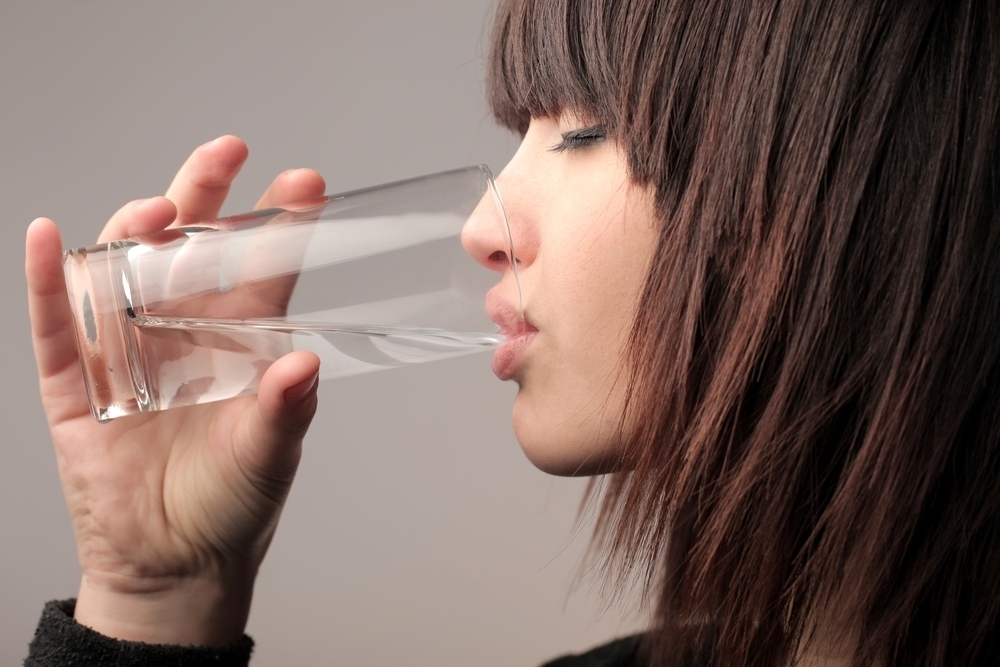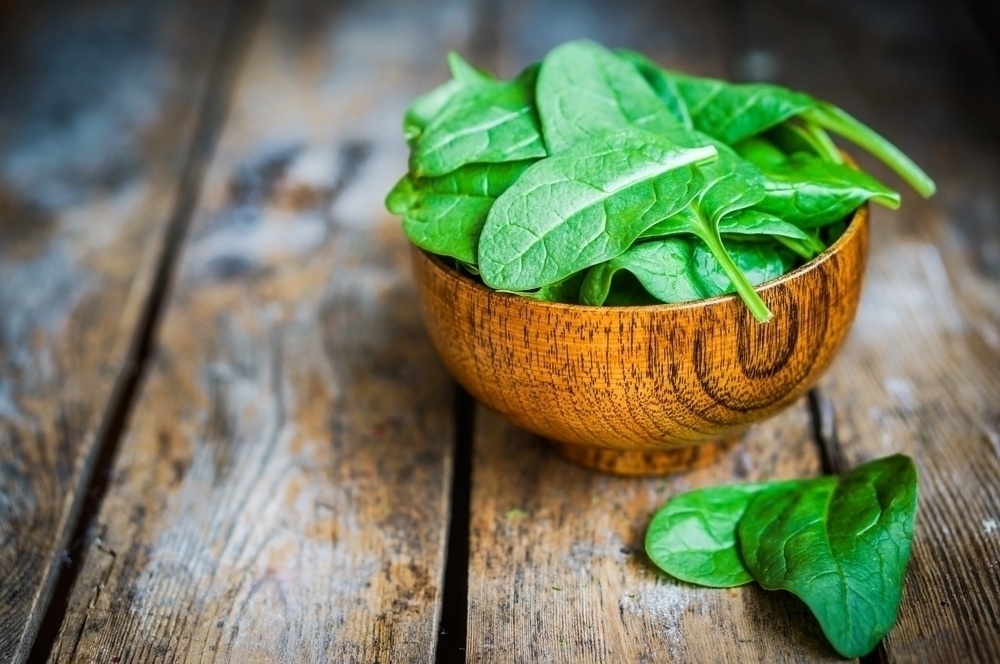Ask most people what they are planning to do for dinner tonight and they night say, “I’m planning on ordering pizza.”
“What’s wrong with pizza?” you ask, “Tomatoes are a great source of antioxidants, the cheese has source of calcium and the toppings can have a variety of health benefits.’
Well, you have a point. But have you ever looked behind the scenes at a pizza place? Unless it specifies otherwise, your favorite pizza kitchen may be making using ingredients that you ordinarily would not think of consuming, such as fatty oil and whole milk cheeses. Not that we don’t love them, but we don’t always know if Big Mama and Big Papa have your best health options in mind. They are not necessarily thinking about portion control in mind when they’re heaping that cheese on. And pizza is a relatively harmless choice. I don’t even think I have to warn you about what is in a lot of the fast food burgers. The only way you can really guarantee that you know what’s in the food you eat is to make it yourself. “Make it myself?”, you say, “you mean, shop for ingredients and actually cook them? I don’t have the time or energy.” Well. welcome to meal prep 101.
Why Should I Prep my Meals?
- You don’t have to think about what you’re going to eat on the spot. Have you ever been here? You’re working late at the office. You’re on a tight deadline. Mike, your boss, is talking about getting some Macdonalds. You would rather die. What do you do? You don’t want to be responsible for the project not being done on time because you were too much of a diva to eat a Big Mac. The solution? You whip out your tupperware container with your healthy premade meal and are halfway through it when Mike gets back with his suspicious smelling bags.
- It saves you money. When you buy preprepared food, your’e paying for the preparation. If you’re buying from a food truck, your’e helping them pay for the upkeep of the truck; in a restaurant, you are paying for their waitstaff ,rent, and electricity bills. When you start to do the work yourself, you cut out a lot of expenses.
Basic Tips
1. Plan your meals to contain one protein, one starch and one vegetable. Make a list of acceptable alternatives. For example:
- Protein Options: Boneless skinless chicken breast, ground turkey, fish, avocado
- Starch Options: Sweet potato, pasta,rice
- Veggie Options; Spinach, green beans, peppers, tomato (choices may vary)
2. Set aside a day for shopping
3. Peel, chop and cut all veggies and fruit for the week so they are ready to grab for a snack or to add to your lunch box.
4. Prep your protein and meat: Keep meat preparation down to a minimum. Use seasonings instead of a marinade or make a huge quantity of different types of marinated turkey or chicken at once and freeze them. You can use them in tacos or throw them in a salad. Hard boil eggs. Make homemade burgers and freeze them.
Think you can handle it? It may seem a like a lot of work at first, but you will be the epitome of cool when it comes to meal time, and you won’t have to worry about asking the waitress to put the dressing on the side.

























